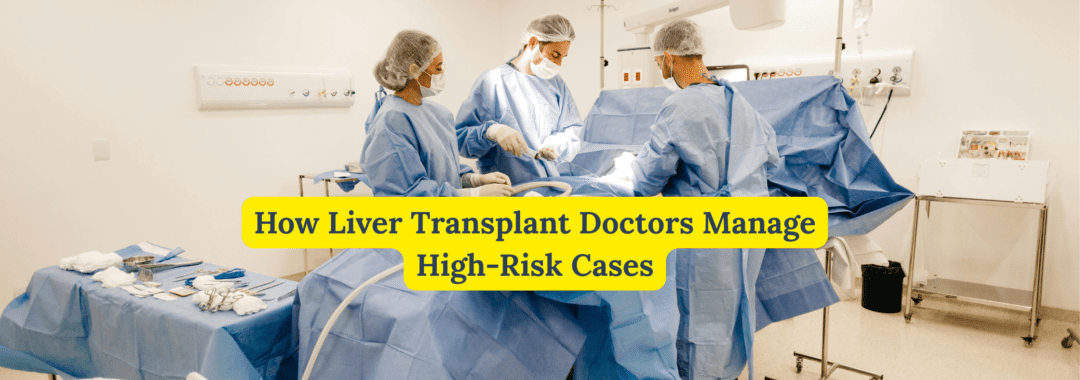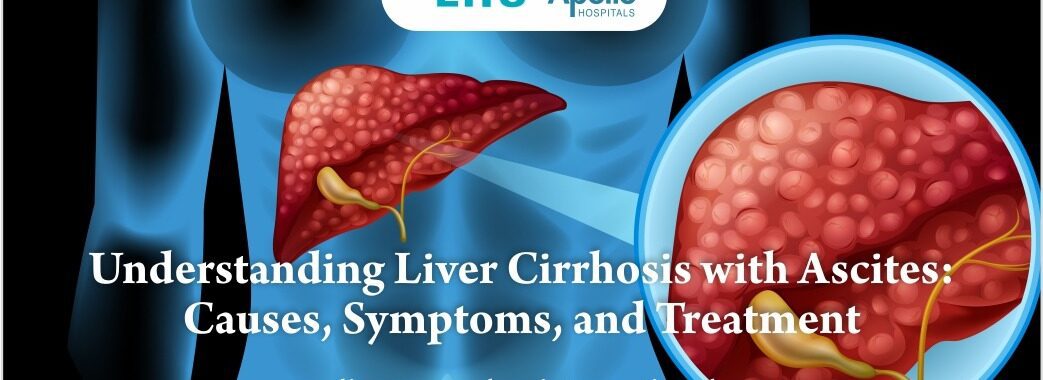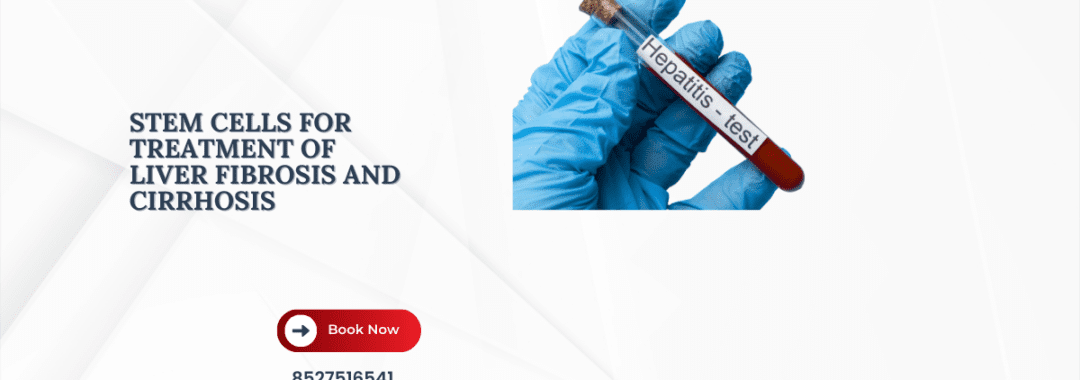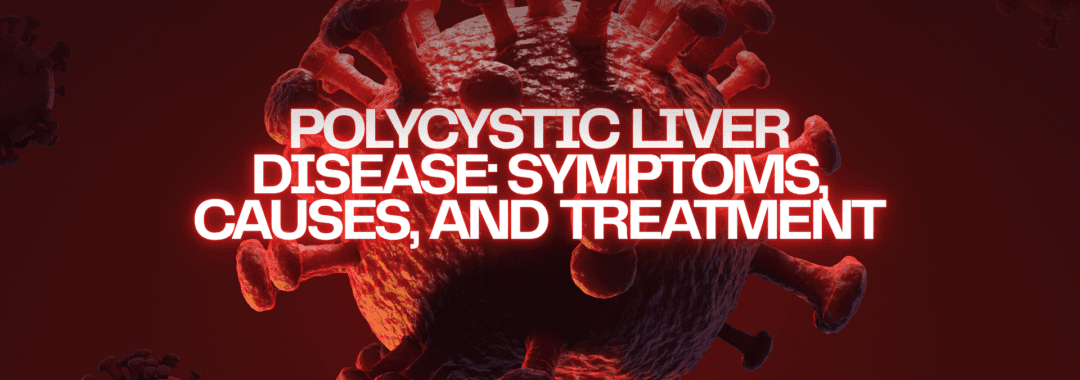Introduction
Liver transplants are among the most complex and delicate surgeries in the world. They’re not just about replacing a diseased liver — they’re about giving someone a second chance at life. But what happens when the case is considered high-risk?
That’s where the best liver transplant specialist in Delhi steps in — equipped with cutting-edge technology, a brilliant surgical team, and a heart full of courage. Handling high-risk liver transplants isn’t just about medical expertise; it’s about resilience, strategy, and precision.
Let’s explore how these remarkable doctors turn what seems impossible into life-saving success stories.
1. Understanding High-Risk Liver Transplants
A high-risk liver transplant involves patients who have additional medical challenges beyond liver failure. These may include kidney dysfunction, heart disease, severe infections, or older age. Such cases require extreme care because even the slightest complication can impact the entire procedure.
Think of it like repairing the engine of a plane mid-flight– every second and every decision counts.
2. Who Needs a High-Risk Liver Transplant?
Not all liver transplant patients are the same. Some have complex medical conditions that make surgery riskier. Common examples include:
Patients with advanced cirrhosis and multiple organ failures
Those with hepatocellular carcinoma (liver cancer).
Individuals who’ve had previous liver surgeries or transplants.
Patients with severe infections or sepsis before surgery.
Older adults with weak immunity or heart problems.
For these patients, only highly experienced surgeons can manage the delicate balance between risk and recovery.
3. How Doctors Evaluate High-Risk Patients.
Before even considering surgery, the best liver transplant specialists perform a thorough evaluation. This includes:.
Liver function tests (LFTs).
Kidney function tests.
Cardiac evaluation.
Imaging studies (CT/MRI).
Nutritional assessment.
Each patient’s case is discussed in depth, and doctors weigh whether the transplant can offer real, long-term benefits.
4. The Role of the Multidisciplinary Team.
A high-risk liver transplant isn’t a one-person show. It’s a team effort that includes:.
Hepatologists (liver specialists).
Transplant surgeons.
Anesthesiologists.
Critical care specialists.
Nutritionists and physiotherapists.
Every specialist plays a role in ensuring that the patient’s body is ready– and strong enough– to handle the stress of surgery and recovery.
5. Pre-Transplant Optimization: Preparing the Body for Battle.
Before surgery, doctors work hard to improve the patient’s overall condition. This phase, known as optimization, might include:.
Treating infections.
Improving nutrition.
Managing ascites (fluid buildup).
Supporting kidney function.
It’s like strengthening the walls before a storm– preparation is key to survival.
6. Surgical Planning: Precision and Strategy.
When operating on high-risk patients, planning is everything. Surgeons use detailed 3D imaging and preoperative mapping to understand every blood vessel and tissue connection.
The best liver transplant specialist in Delhi spends hours reviewing these details, planning the surgery step-by-step to minimize bleeding and complications.
7. Advanced Technology in High-Risk Liver Transplants.
Technology is a game-changer. Today’s high-risk liver transplants use innovations such as:.
Intraoperative ultrasound for precise navigation.
Real-time imaging systems.
Robotic assistance for delicate sutures.
Machine perfusion systems to preserve donor livers better.
These tools help surgeons operate with confidence and precision, improving success rates even in challenging cases.
8. Managing Complications During Surgery.
Even with preparation, complications can occur– excessive bleeding, heart instability, or organ rejection.
Experienced doctors are trained to act fast. For instance:.
If bleeding occurs, hemostatic techniques are immediately used.
For cardiac instability, anesthesiologists intervene to stabilize vitals.
If donor liver quality is uncertain, the team can replace or repair on the spot.
Quick thinking and teamwork often make the difference between success and failure.
9. Post-Transplant Intensive Care and Monitoring.
After surgery, the patient moves to the intensive care unit (ICU). Here, the focus shifts to monitoring vital signs, liver function, and early signs of rejection.
Doctors use advanced monitoring systems to ensure that the new liver is working well. In some cases, dialysis or mechanical ventilation is required temporarily until the body stabilizes.
10. Immunosuppression Management: Balancing Protection and Risk.
After a liver transplant, the immune system may see the new liver as an intruder. To prevent rejection, immunosuppressant drugs are prescribed.
But these medications lower immunity, making patients more prone to infections. That’s why the best liver transplant specialist in Delhi carefully adjusts dosages– maintaining a balance between preventing rejection and protecting the patient from infection.
11. Nutrition and Lifestyle in Recovery.
Food is medicine after transplant. Nutritionists play a huge role in ensuring recovery by recommending:.
High-protein diets for healing.
Low-salt meals to avoid fluid buildup.
Plenty of fresh fruits and vegetables.
Complete avoidance of alcohol.
Lifestyle changes like regular exercise, quitting smoking, and stress management help protect the new liver for years to come.
12. Psychological Support for Patients and Families.
A liver transplant is not just a physical journey– it’s an emotional one. Many patients face fear, anxiety, and uncertainty.
That’s why top hospitals provide counseling sessions and support groups. A strong mental state improves recovery and helps patients adapt to post-transplant life better.
13. Real-Life Success Stories from the Best Surgeons.
High-risk doesn’t always mean hopeless. Many patients once told they wouldn’t survive have gone on to lead full, active lives.
For example, some surgeons in Delhi have successfully transplanted livers in:.
Patients aged over 70.
Cancer patients previously deemed inoperable.
Individuals with both heart and kidney failure.
Each success story is a reminder of how far medicine– and human determination– have come.
14. The Role of the Best Liver Transplant Specialist in Delhi.
Delhi has emerged as a hub for world-class liver care. The best liver transplant specialist in Delhi is known not just for surgical excellence but also for compassion, communication, and long-term care.
They follow each patient’s journey– from diagnosis to recovery– ensuring personalized treatment at every stage.
15. The Future of High-Risk Liver Transplantation.
The future looks promising. With advances like stem cell therapy, AI-based predictive tools, and 3D bioprinting, outcomes are improving every year.
Soon, even patients who were once considered “too high-risk” may have safe, effective transplant options available.
16. Conclusion.
High-risk liver transplants are truly miracles of modern medicine. Behind every successful surgery is a team of dedicated professionals, advanced technology, and unwavering hope.
The best liver transplant specialist in Delhi proves that even in the most challenging cases, expertise and compassion can turn fear into faith– and sickness into survival.
FAQs.
1. What makes a liver transplant high-risk?
A liver transplant becomes high-risk when the patient has other severe health issues like heart disease, infections, or multiple organ failures.
2. How successful are high-risk liver transplants?
With modern techniques and expert surgeons, success rates for high-risk liver transplants have significantly improved– often exceeding 85% in leading centers.
3. Who is the best liver transplant specialist in Delhi?
Delhi is home to several renowned specialists known for handling high-risk cases successfully. It’s best to consult reputed hospitals offering comprehensive transplant programs.
4. How long does recovery take after a high-risk liver transplant?
Recovery can take anywhere from three months to a year, depending on the patient’s health, complications, and adherence to medical advice.
5. What are the chances of rejection after a high-risk transplant?
Rejection can occur in any transplant, but with proper medication and monitoring, the risk is greatly reduced under the care of experienced specialists.










